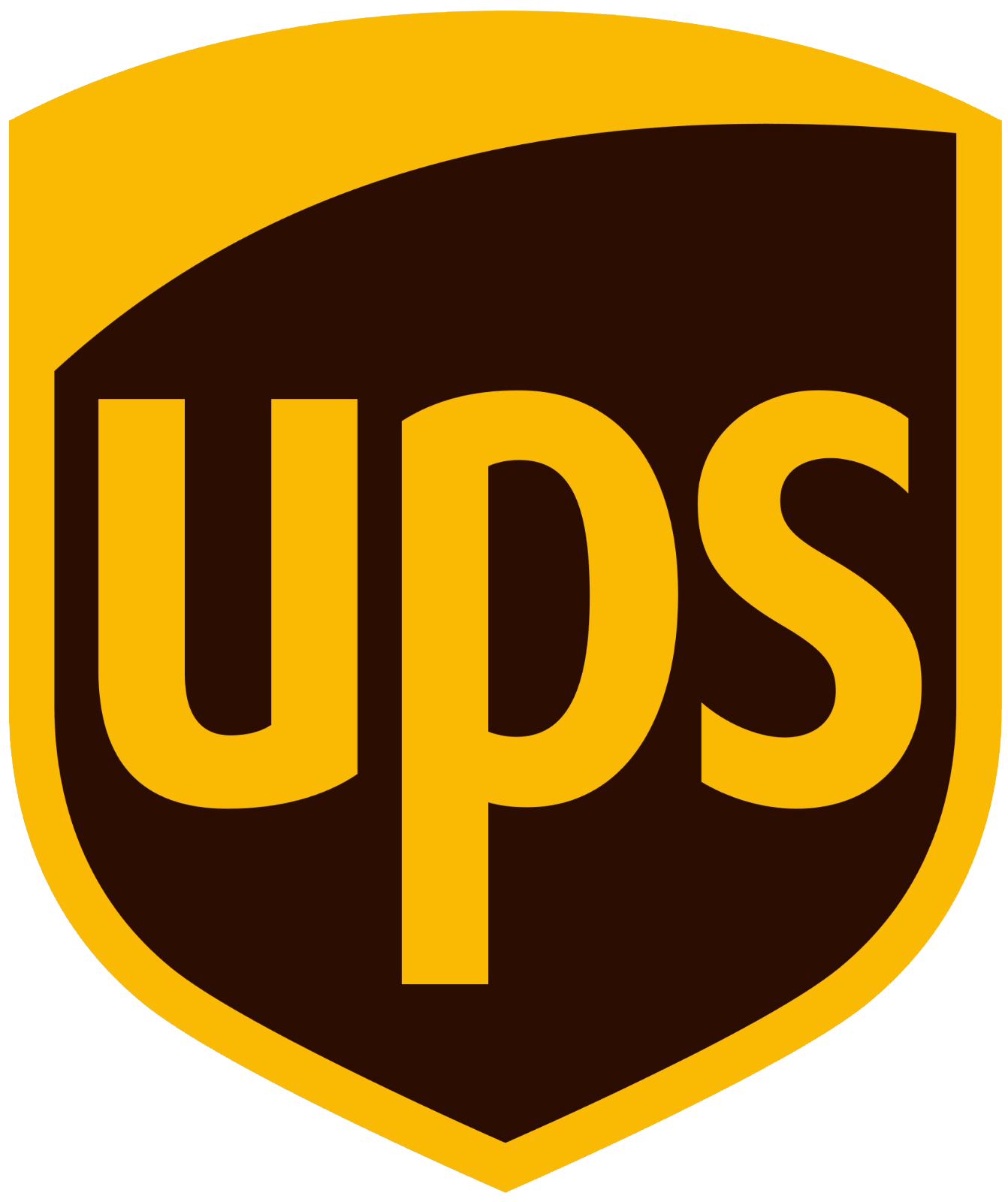
Corgi 1:50 Mack B Series Semi Skirted Tanker: Union 76
$81.63
Mack Trucks, Inc., is an American truck manufacturing company and a former manufacturer of buses and trolley buses. Founded in 1900 as the Mack Brothers Company, it manufactured its first truck in 1907 and adopted its present name in 1922. Mack Trucks is a subsidiary of AB Volvo which purchased Mack along with Renault Trucks in 2000. After being founded in Brooklyn, New York, the company's headquarters were in Allentown, Pennsylvania, from 1905 to 2009 when they moved to Greensboro, North Carolina. The entire line of Mack products is still produced in Lower Macungie, Pennsylvania, with all powertrain produced in the Hagerstown, Maryland plant. They also have additional assembly plants in Pennsylvania, Australia, and Venezuela. There was also (previously) a Mack plant in Hayward, California.
Currently, the company's manufacturing facilities are located at Lehigh Valley Operations (LVO) formally known as the Macungie Assembly Operations Plant in Lower Macungie Township, Pennsylvania. Mack Trucks is one of the top producers in the vocational and on-road vehicle market, class 8 through class 13.
Mack trucks have been sold in 45 countries. Located near its former Allentown corporate headquarters, The Macungie, Pennsylvania, manufacturing plant produces all Mack products including Mack MP-series engines.
According to local historians, Mack transmissions, TC-15 transfer cases, and rear engine power take-offs are designed and manufactured in Hagerstown, Maryland, which was the original factory location.
Parts for Mack's right-hand-drive vehicles are produced in Brisbane, Australia, for worldwide distribution. Assembly for South America is done at Mack de Venezuela C.A., in Caracas, Venezuela. The Venezuela operation is a complete knock down (CKD) facility. Components are shipped from the United States to Caracas for final assembly.
In addition to its Macungie manufacturing facility, Mack also has a remanufacturing center in Middletown, Pennsylvania.
76 (formerly Union 76) is a chain of gas stations located within the United States. The 76 brand is owned by Phillips 66 Company. Union Oil Company of California, dba Unocal, the original owner and creator of the Union 76 brand, merged with Chevron Corporation in 2005.
Union Oil (for many years based in El Segundo, California) introduced "76" gasoline in 1932. The name referred to the 1776 United States Declaration of Independence, and was also the octane rating of the gasoline in 1932.
76 signs are orange balls with "76" written on them in blue. Many stations had the 76 ball rotate when the signs were illuminated. The first such sign was designed in 1962 by advertising creative director Ray Pedersen for the Seattle World's Fair.
In 2005, new corporate owners ConocoPhillips began a rebranding campaign to unify the design elements of each of the merged brands (76, Phillips, and Conoco). As a part of this re-branding, there was an initial decision to pull down all the Orange Ball signs and replace them with monument-style signs in the red-orange and blue color scheme. In response to overwhelming negative publicity generated by a grassroots "Save The 76 Ball" campaign, ConocoPhillips backtracked on this decision in January 2007, agreeing to donate several of the classic orange 76 balls to museums and to erect approximately 100 balls in the new red-orange and blue color scheme.
The 76 ball is a popular logo in the "Cult Style" of European car tuning (especially on VW Golf Mk 1 GTIs, due to the debut year of 1976), and it is used on clothing items in Japan as of 2005.
The 76 ball made a brief appearance in the 1991 film Point Break during the final airport escape scene, in 1997's The Lost World: Jurassic Park during the Tyrannosaurus rex chase in San Diego, California, and close to the dam in 2014's Dawn of the Planet of the Apes. It made an appearance in the 1998 movie Lethal Weapon 4, in which a gas station was blown up due to characters Riggs and Murtaugh shooting an armed man with a flamethrower into a tanker truck on the lot. It also made an appearance in Sid and Marty Krofft's 2009 Land of the Lost movie.
Until the end of 2003, 76 balls were located at the Daytona International Speedway and Talladega Superspeedway in all four of its turns. They were used as scoring points, had portholes, and were capable of holding a few people inside. One of these balls was given to the owner of Brumos Motor Cars in Jacksonville, FL, and now sits atop a building on the premises after ConocoPhillips terminated its NASCAR sponsorship. Another was given to Dale Earnhardt Jr. that is currently displayed on his property. Similar balls had been placed near pit entrances at most NASCAR circuits until the sponsorship ended, but unlike spheres, they were flat on both sides and illuminated at night during races.
The 76 ball is also a landmark at Dodger Stadium in Los Angeles, where the only gas station on the premises of a major league ballpark is visible from the park beyond the outfield stands. Union Oil was a longtime sponsor of the Dodgers baseball team, beginning with their relocation to Los Angeles from Brooklyn in 1958. The sponsorship by the 76 brand continues to this day.
Union 76 invented the antenna topper concept.[citation needed] Beginning in 1967, Union 76 distributed tens of millions of orange 76 styrofoam antenna balls. These were popular, especially in the Greater Los Angeles area, where they are still seen. In the winter of 1968, they also proved to be safety aids in northwestern US cities such as Spokane, Washington, when wind and snow created drifts that made it difficult to locate cars without whip antennas and the ubiquitous orange 76 ball on them.
In recent years, 76 has appeared in certain areas in the eastern United States. Since 2013, they have returned to the orange ball imagery as part of the "Experience 76" program.











